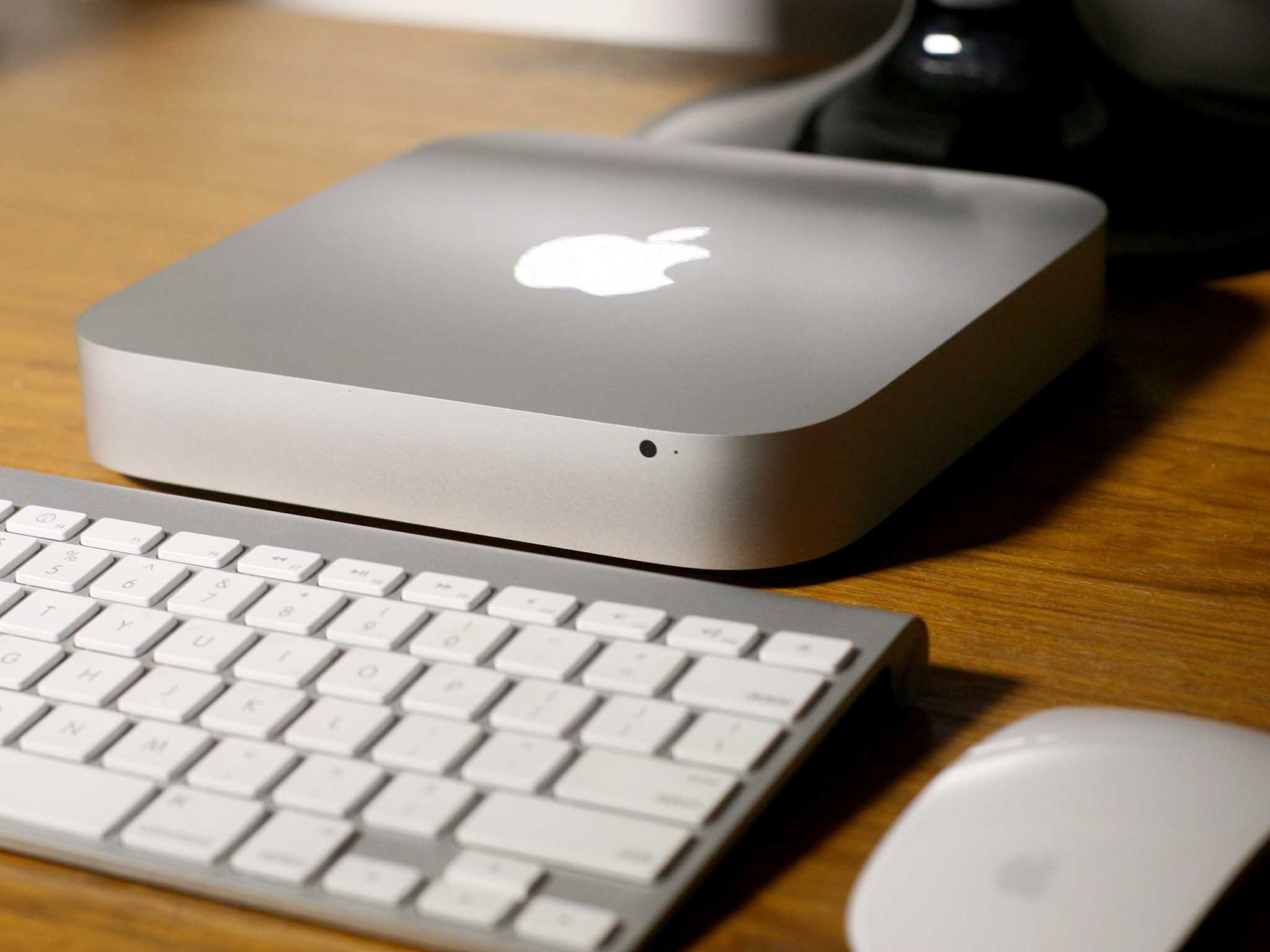Mac Mini For Law Office Use
Use a mini as a controller for an art project or robot. Make your own Mobile Mac mini bot! Setup a remote macOS desktop for when you're on the go (you can remote-in from an iOS device in your pocket). Check out “iPad Diaries” from MacStories. Federico shares great tips and tricks for accessing and controlling a Mac mini from an iPad. Eight dedicated graphics cores The GPU in the M1 chip brings the world’s fastest integrated graphics in a personal computer to Mac mini. 9 It features eight powerful GPU cores tasked exclusively with making graphics smoother, faster, and breathtakingly beautiful. 8K video plays seamlessly, and graphics-intensive workflows race along at unbelievable speeds. For anyone who uses their Mac for browsing the web and writing emails, and doing general office work the Mac mini could suffice. It's powerful enough to do a good job with photo and home video.
Mac Mini For Law Office Use List
VA
PROS


New Mac Mini
Have you ever wanted to use an ultra wide monitor with your Mac? Well, if you have a Mac Mini or a Mac Pro, you most likely can. If your Mac Pro is the newer “Trash Can” style, you should be good to go. I haven’t tested this with anything older than a Late 2012 Mac Mini, but as long as you have one of those or something newer, this should work. Many MacBook Pros also work (You’ll just need to look up the maximum resolution that your model supports).
Make Sure Your Monitor is Compatible
Once you know that your Mac works with a 2560 x 1080 resolution monitor, it’s time to make sure that your monitor will work. You’ll just need to make sure that your monitor either has a thunderbolt 1 or 2 port, or a Display Port (mini or full size). If it does not have one of those 4 ports, you’re out of luck, as far as I know. What I mean is that you’ll be stuck using only part of the screen at a lower resolution, but only as long as you have HDMI ports on both sides of your setup.
Connect Everything

Now that you know everything is compatible, it’s time to connect everything. If you have a Thunderbolt 1 or 2 connection on your monitor, then this should be a no-brainer as far as how you connect things, just make sure that you’re also using a ThunderBolt cable.
Most people will be dealing with the a monitor that has a Display Port connection, instead of a ThunderBolt port. Only the Mini Display Port connector size works on the Mac side of things, so if your monitor has the full size Display Port, you’ll need a cable that has a male Mini Display connector on one end and a full size Display Port on the other end. You can see what that looks like below.
If on the other hand, your monitor has a mini display port, you can just use a male Mini Display Port to male Mini Display Port connector. This one obviously doesn’t care which end you plug in to what.
Confused about the Difference Between ThunderBolt and Display Port?
Ok, so you might be thinking, “wait a minute, ThunderBolt and Mini Display Port look exactly the same!”, and you would be right. Thunderbolt 1 and 2 use the Mini Display Port style connector, but an actual ThunderBolt cable is different on the type of signal and bandwidth that it can carry, versus a plain old Mini Display Port cable; the main thing to remember is that you can plug a Mini Display Port cable into the ThunderBolt 1 or 2 port on a Mac, and it works just the same as if you plugged it into a plain old Mini Display Port.
What makes the ThunderBolt connection even more confusing is that the newer ThunderBolt 3 connection uses the USB-C style connector, bringing another port into the equation that is already standardized for a different type of cable. If you’re still confused about ThunderBolt versus Display Port though, you can read this article, which explains it pretty well.
Everything’s Plugged in, Now What?
So now, your resolution should automatically adjust to the correct one, but you might want to go into Settings->Display and check that your resolution and monitor is set to the correct ones. For some reason, on mine, there were two Dell monitors that I could choose from even though my Mac Mini was only ever plugged into one physical monitor. Once you’re done with that part, the monitor works, but you’ll notice that the brightness keys no longer work. We’ll take care of that in the next section.
Getting Those Brightness Keys to Work
It will require 2 programs to get the brightness to work again. But before we start installing those, you need to make sure that your monitor has something called DDC/CI (Display Data Channel/Command Interface), which allows you to control the monitors parameters from the computer. You’ll be surprised by how many modern monitors have this. You need to also make sure that DDC is turned on, otherwise, the next program we’ll install won’t work.
It doesn’t matter which of these 2 programs you install first, but in this guide, we’ll install the brightness control program first. There are a couple that still work in macOS Sierra, but the one that I liked best, because all of it’s features were still functional, was called Brightness Slider. You could also install a program called Shades, but that has a few bugs in MacOS Sierra that haven’t been ironed out.
After installing your brightness program, your monitor should be able to be adjusted via the interface your program provides. Both of my recommendations provide slider bars to get the job done. But you want to control the brightness via the regular buttons, right? This is where you have to choose whether you’re ok with side effects to get your brightness keys back. There is a program called Karabiner that grants you full control over key remapping. You can use this to remap your brightness keys to do what you want. However, this program only works on El Capitan and below, so you’ll need to install their partially functional Sierra port if you are on the latest operating system. This port is called Karabiner Elements, which is very appropriate, since it only grants you certain elements of functionality that the regular program does.
Here’s the downside, you’ll have to start living without your eject key. If you’re like me, you didn’t actually use that key to eject anything, but you did use it to put your Mac to sleep, and/or Shut it down. It was a very convenient shortcut, but that will no longer be possible once you have Karabiner Elements running. What I did instead was map Command Option Delete to put my Mac to sleep by using a utility called Better Touch Tool.
That’s All Folks
I hope all of this worked out for you, as well as it did for me. It’s awesome to be able to use all of the Mac’s great productivity tools in Ultra Wide. I’m sure you’ll find that it’s hard to go back, once you have this type of setup.
Thanks for reading!
